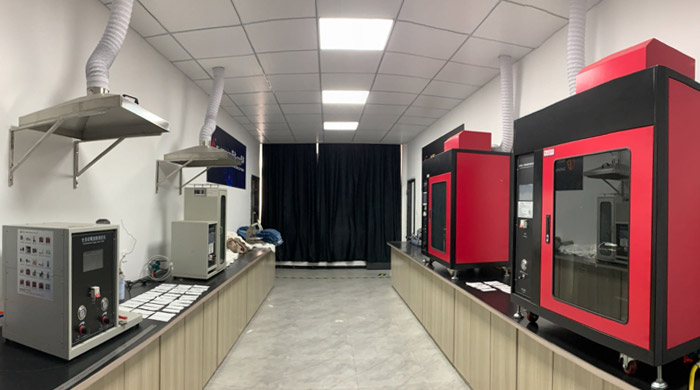Not Only Flame Retardant, it’s Multifunctional Fabric
One fabric, multiple protections and functions
Quality Control & Technology
Laboratory Textile Chemistry Technology
Advanced Equipment & Experimental Environment
Through continuous research and innovation, we study the behavior of new textile fibers and thread combinations to create increasingly specialized protective fabrics.
Equipped with advanced laboratory technology and staffed by highly qualified professionals, we develop new fabric compositions, explore new possibilities, and test technical fabric innovations.
Our multiple laboratories, fitted with diverse instruments and experimental equipment, allow us to conduct up to 100 technical tests daily. This enables us to find, develop, and integrate new products that meet the growing market demand for workplace protection.

Fabric Testing Laboratory
Begoodtex Flame Retardant Test Lab


Flame Retardant Test
Color Fastness to Water Test

Flame Retardant Test


Fully Automatic Oxygen Index Test
Dying Rubbing Fastness Test

R&D Equipment

Download Technical Documentation and User Guides as PDF
To ensure the safety and functionality of our fabrics in global markets, BEGOODTEX® conducts comprehensive laboratory testing across all product lines. Our fabrics undergo rigorous testing in accordance with international standards, covering flame retardancy, as well as physical strength, chemical safety, durability, and comfort. All reports are issued by third-party accredited laboratories and comply with certification systems in multiple countries and regions, ensuring top performance across various applications.







